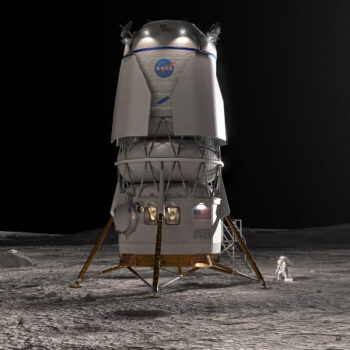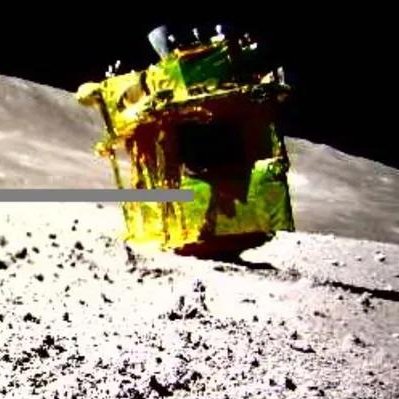Is the Saxavord spaceport in the UK about to finally get approved for launches?

Proposed spaceports surrounding Norwegian Sea.
According to the head of the Saxavord spaceport in the UK, it is finally poised to get all the necessary approvals from the government of the United Kingdom that will allow the first launches before the end of this year.
Following on from the CAA licence being granted just before Christmas, management at SaxaVord Spaceport is confident it will receive its ‘range licence’ later this month to finally become a “fully-fledged spaceport”. This second licence, also issued by the Civil Aviation Authority (CAA), allows rockets launched from SaxaVord to use the airspace.
Sounds great, eh? Except that the spaceport is still waiting approval from a local commission of its plan for allowing spectators to watch launches. In addition, no launch license has yet been issued to any rocket company. The German company Rocket Factory Augsburg (RFA) is planning to take over one specific launchpad at Saxaford where it hopes to do as many as ten launches per year, with the first test launch later this year. The UK’s Civil Aviation Authority (CAA) has not yet issued that license.
Another rocket startup, ABL, is also waiting CAA approvals. Its first test launch (which failed in January 2023) was conducted in Alaska, with a second launch planned there in the next month or so. If successful the company hopes to launch regularly from Saxaford, assuming the CAA gives it approval.
Saxaford submitted its license applications to the CAA in November 2022, with the hope launches could begin in 2023. It took the CAA however more than a year to issue the spaceport license, and it still has not issued the range license, nor has it issued RFA any launch licenses yet. For these companies to prosper the government approval process has got to be streamlined.

Proposed spaceports surrounding Norwegian Sea.
According to the head of the Saxavord spaceport in the UK, it is finally poised to get all the necessary approvals from the government of the United Kingdom that will allow the first launches before the end of this year.
Following on from the CAA licence being granted just before Christmas, management at SaxaVord Spaceport is confident it will receive its ‘range licence’ later this month to finally become a “fully-fledged spaceport”. This second licence, also issued by the Civil Aviation Authority (CAA), allows rockets launched from SaxaVord to use the airspace.
Sounds great, eh? Except that the spaceport is still waiting approval from a local commission of its plan for allowing spectators to watch launches. In addition, no launch license has yet been issued to any rocket company. The German company Rocket Factory Augsburg (RFA) is planning to take over one specific launchpad at Saxaford where it hopes to do as many as ten launches per year, with the first test launch later this year. The UK’s Civil Aviation Authority (CAA) has not yet issued that license.
Another rocket startup, ABL, is also waiting CAA approvals. Its first test launch (which failed in January 2023) was conducted in Alaska, with a second launch planned there in the next month or so. If successful the company hopes to launch regularly from Saxaford, assuming the CAA gives it approval.
Saxaford submitted its license applications to the CAA in November 2022, with the hope launches could begin in 2023. It took the CAA however more than a year to issue the spaceport license, and it still has not issued the range license, nor has it issued RFA any launch licenses yet. For these companies to prosper the government approval process has got to be streamlined.




